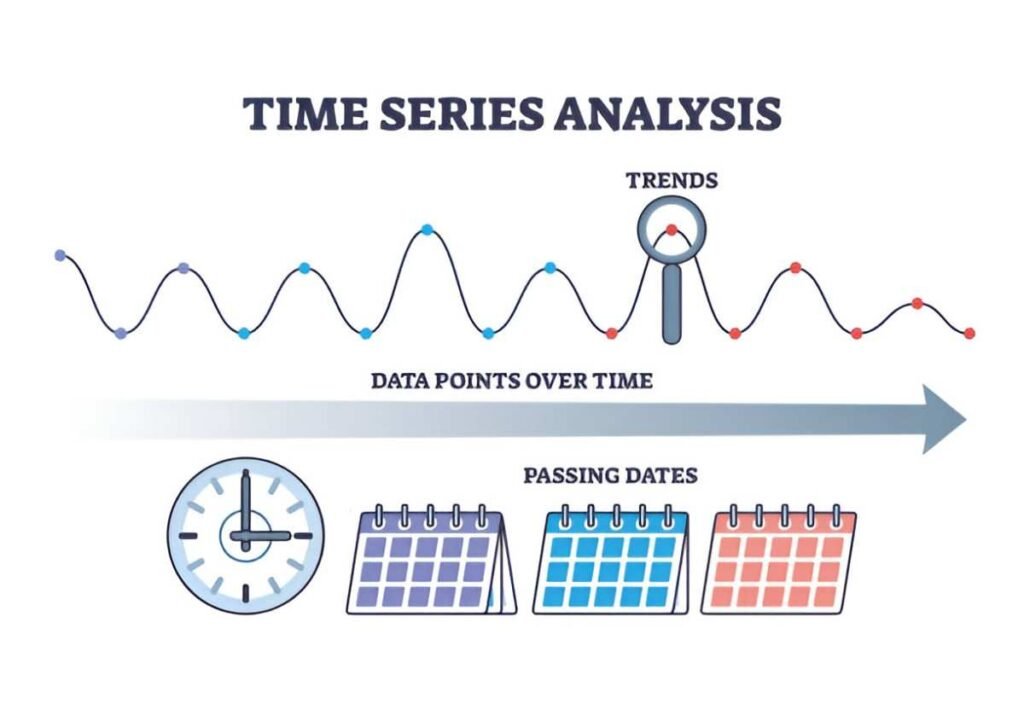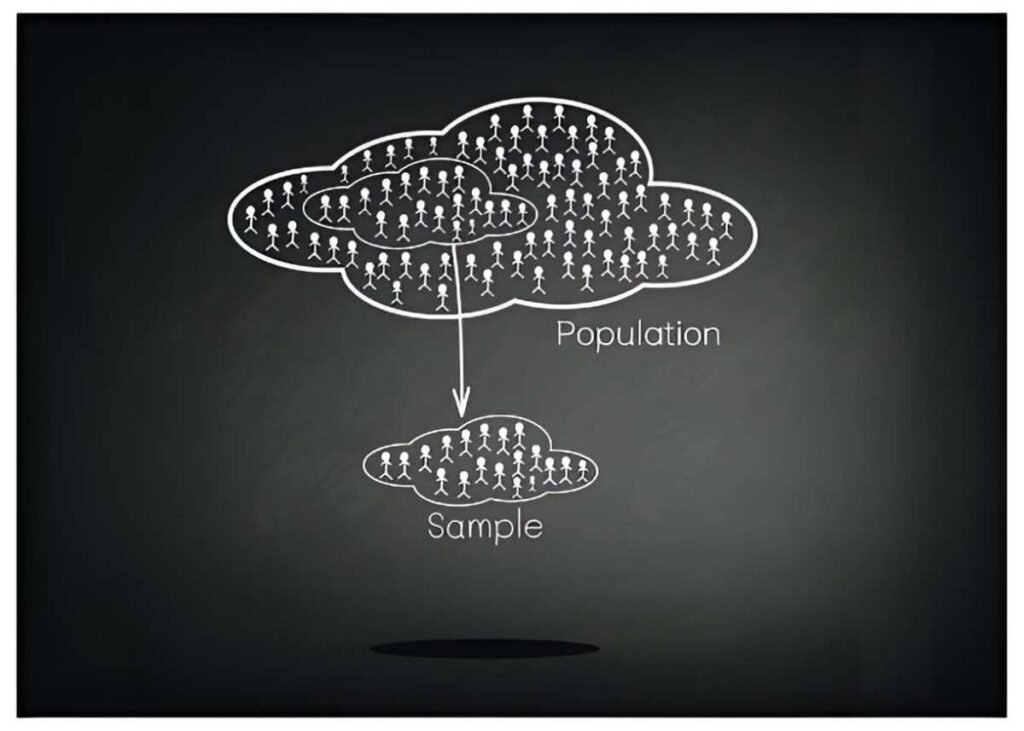Sequencing is a fundamental concept that spans multiple disciplines, from biology and computer science to finance and data analysis. As someone who has spent years exploring the intricacies of sequencing in various contexts, I’ve come to appreciate its universal importance. In this guide, I’ll break down the basics of sequencing, explain its applications, and provide practical examples to help you grasp this essential concept. Whether you’re a student, a professional, or simply curious, this guide will equip you with the knowledge to understand and apply sequencing in your field.
Table of Contents
What Is Sequencing?
At its core, sequencing refers to the arrangement of elements in a specific order. These elements could be numbers, letters, events, or even financial transactions. The order in which these elements appear often carries significant meaning. For example, in genetics, the sequence of DNA bases determines an organism’s traits. In finance, the sequence of cash flows can determine the profitability of an investment.
Sequencing is not just about order; it’s about understanding the relationships between elements. Let’s start by exploring the mathematical foundations of sequencing.
Mathematical Foundations of Sequencing
Sequences are often represented mathematically. A sequence is a function whose domain is a subset of integers, typically starting from 0 or 1. For example, consider the sequence of even numbers:
a_n = 2nHere, a_n represents the n^{th} term of the sequence. If we plug in values for n, we get:
- When n = 1, a_1 = 2(1) = 2
- When n = 2, a_2 = 2(2) = 4
- When n = 3, a_3 = 2(3) = 6
This sequence continues infinitely, generating even numbers in a specific order.
Sequences can be finite or infinite. A finite sequence has a limited number of terms, while an infinite sequence continues indefinitely. For example, the sequence of daily stock prices for a company over a year is finite, whereas the sequence of prime numbers is infinite.
Types of Sequences
Sequences can be classified into several types based on their properties:
- Arithmetic Sequences: In an arithmetic sequence, the difference between consecutive terms is constant. This difference is called the common difference, denoted by d. The general form of an arithmetic sequence is:
For example, consider the sequence 3, 7, 11, 15, 19. Here, the common difference d = 4, and the first term a_1 = 3.
- Geometric Sequences: In a geometric sequence, the ratio between consecutive terms is constant. This ratio is called the common ratio, denoted by r. The general form of a geometric sequence is:
For example, consider the sequence 2, 6, 18, 54. Here, the common ratio r = 3, and the first term a_1 = 2.
- Fibonacci Sequence: The Fibonacci sequence is a special sequence where each term is the sum of the two preceding terms. The sequence starts with 0 and 1, and the subsequent terms are generated as follows:
The Fibonacci sequence appears in various natural phenomena, such as the arrangement of leaves on a stem or the spiral patterns of shells.
Applications of Sequencing
Sequencing has wide-ranging applications across different fields. Let’s explore some of the most prominent ones.
1. Finance and Accounting
In finance, sequencing plays a crucial role in understanding cash flows, investment returns, and amortization schedules. For example, consider a loan repayment schedule. The sequence of payments determines how much interest and principal are paid over time.
Let’s take a practical example. Suppose you take out a loan of $10,000 at an annual interest rate of 5% to be repaid over 5 years. The monthly payment can be calculated using the formula for an amortizing loan:
PMT = \frac{P \cdot r \cdot (1 + r)^n}{(1 + r)^n - 1}Where:
- PMT is the monthly payment
- P is the principal amount ($10,000)
- r is the monthly interest rate (\frac{5\%}{12} = 0.004167)
- n is the number of payments (5 years × 12 months = 60)
Plugging in the values:
PMT = \frac{10000 \cdot 0.004167 \cdot (1 + 0.004167)^{60}}{(1 + 0.004167)^{60} - 1} \approx 188.71This means you’ll pay approximately $188.71 each month for 60 months. The sequence of these payments ensures that the loan is fully repaid by the end of the term.
2. Biology and Genetics
In genetics, sequencing refers to determining the order of nucleotides in DNA. The Human Genome Project, completed in 2003, was a landmark achievement in sequencing the entire human genome. This has paved the way for advancements in personalized medicine, genetic testing, and understanding hereditary diseases.
DNA sequencing involves techniques like Sanger sequencing and next-generation sequencing (NGS). These methods allow scientists to read the sequence of bases (A, T, C, G) in a DNA molecule. For example, a segment of DNA might have the sequence:
ATCGGAATTCThis sequence encodes genetic information that determines traits and functions in living organisms.
3. Computer Science
In computer science, sequencing is fundamental to algorithms and data structures. For example, sorting algorithms like quicksort and mergesort rely on sequencing elements in a specific order. Similarly, in databases, the sequence of operations (e.g., insert, update, delete) affects the integrity and performance of the system.
Consider a simple example of sorting a list of numbers:
Original list: [5, 3, 8, 1, 2]
Sorted list: [1, 2, 3, 5, 8]
The sorted sequence makes it easier to search, analyze, and process the data.
Sequencing in Everyday Life
Sequencing is not just confined to technical fields; it’s also a part of our daily lives. From following a recipe to planning a road trip, sequencing helps us organize tasks efficiently.
For example, imagine you’re planning a cross-country road trip. The sequence of stops you make will determine the total distance traveled, the time taken, and the cost of fuel. By optimizing the sequence, you can save time and money.
Challenges in Sequencing
While sequencing is a powerful tool, it’s not without challenges. One of the main challenges is dealing with large datasets. For example, sequencing the human genome involves analyzing billions of base pairs. This requires advanced computational tools and algorithms.
Another challenge is ensuring accuracy. In finance, a small error in the sequence of transactions can lead to significant financial losses. Similarly, in genetics, a single error in DNA sequencing can result in incorrect diagnoses or treatments.
Tools and Techniques for Sequencing
To overcome these challenges, various tools and techniques have been developed. Let’s explore some of them.
1. Algorithms
Algorithms are step-by-step procedures for solving problems. In sequencing, algorithms like dynamic programming and divide-and-conquer are commonly used. For example, the Needleman-Wunsch algorithm is used for sequence alignment in bioinformatics.
2. Software
Software tools like MATLAB, Python, and R are widely used for sequencing tasks. These tools provide libraries and functions for analyzing and visualizing sequences. For example, the Biopython library in Python is specifically designed for biological sequence analysis.
3. Hardware
Advances in hardware, such as high-performance computing (HPC) and quantum computing, have revolutionized sequencing. These technologies enable faster and more accurate analysis of large datasets.
Future of Sequencing
The future of sequencing is promising, with advancements in technology and methodology. In finance, real-time sequencing of transactions will enable better risk management and fraud detection. In genetics, portable sequencing devices will make DNA analysis more accessible.
Moreover, the integration of sequencing with artificial intelligence (AI) will open new possibilities. For example, AI algorithms can predict the next term in a sequence based on historical data. This has applications in stock market forecasting, weather prediction, and more.
Conclusion
Sequencing is a versatile and essential concept that underpins many aspects of our world. From mathematics and finance to biology and computer science, sequencing helps us understand and organize complex information. By mastering the basics of sequencing, you can unlock new opportunities and solve real-world problems.





